 04 Oct 2024
04 Oct 2024The Role of Margin and Leverage in Crypto Futures Trading
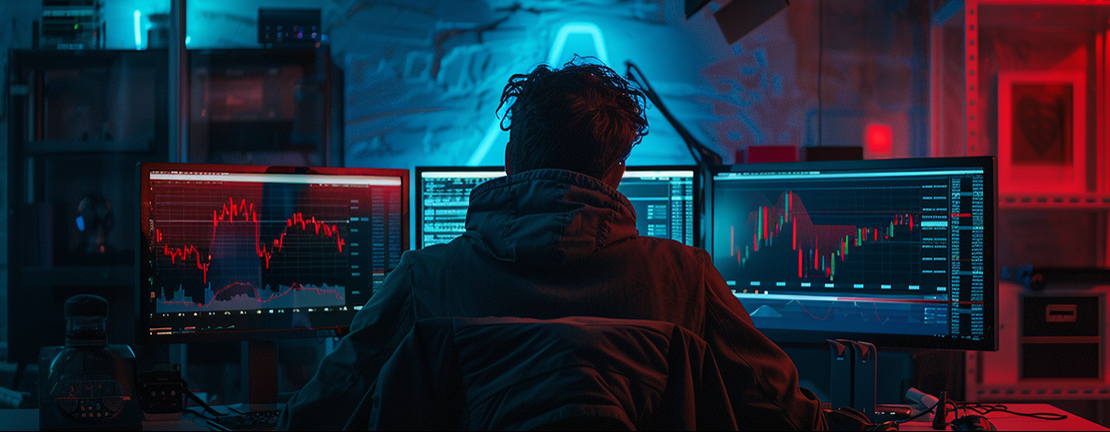
The rise of crypto futures trading has transformed the landscape of the cryptocurrency market, providing traders with new opportunities to profit from price fluctuations. Unlike traditional spot trading, where investors buy and hold assets, futures trading allows participants to speculate on the future price of cryptocurrencies without owning the underlying assets. This has attracted a wide range of participants, from retail investors to institutional players looking to hedge their positions.
A critical aspect of futures trading is the use of margin and leverage, which enable traders to amplify their positions without needing to invest the full value of the trade upfront. Margin refers to the initial deposit required to open a position, while leverage allows traders to control larger positions than their initial investment would permit. While these tools can enhance profit potential, they also introduce significant risks, especially given the inherent volatility of the crypto market.
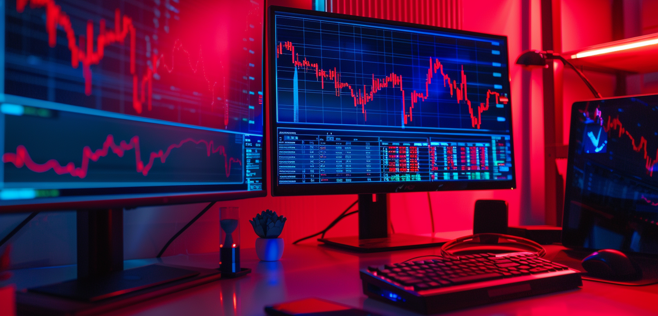
The Concept of Margin in Crypto Futures Trading
Margin is a fundamental component of futures trading, allowing traders to open positions without needing the full value of the trade upfront. In the context of crypto futures, margin refers to the amount of collateral a trader must deposit to open and maintain a position.
There are two main types of margin in futures trading: Initial Margin and Maintenance Margin.
The Initial Margin is the minimum amount required to open a position, while the Maintenance Margin is the minimum amount of equity needed to keep the position open. If the value of the margin falls below the maintenance threshold, the trader must deposit additional funds or risk having the position liquidated.
Crypto futures exchanges calculate margin requirements based on several factors, including the volatility of the asset, the size of the position, and the level of leverage being used. These calculations are crucial for managing risk, as margin ensures that both traders and exchanges are protected from significant losses. Understanding margin dynamics is essential for traders looking to effectively manage their risk and avoid liquidation events in the volatile crypto market.

Leveraging Opportunities and Risks in Crypto Futures
Leverage is a powerful tool in crypto futures trading, allowing traders to control larger positions with a relatively small amount of capital. By using leverage, traders can amplify their potential gains, as they are effectively borrowing funds to increase the size of their trades. For example, with a 10x leverage, a trader can control a $10,000 position with just $1,000 in collateral.
Crypto exchanges typically offer varying leverage ratios, such as 10x, 50x, or even 100x, giving traders flexibility in choosing the level of risk and reward they are comfortable with. The appeal of leverage lies in its ability to boost profits quickly, making it an attractive option for traders looking to capitalize on short-term price movements without committing large amounts of capital.
However, the use of leverage also comes with significant risks. While profits can be amplified, so too can losses. Leveraged positions are highly sensitive to market volatility, and even a small adverse price movement can result in liquidation, where the trader loses their position. For this reason, understanding the risks and using proper risk management techniques, such as setting stop-loss orders and monitoring market conditions, is essential for traders employing leverage in crypto futures.
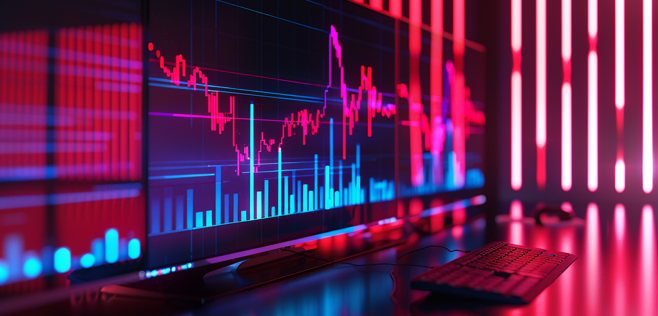
The Interplay of Margin and Leverage in Crypto Futures
Margin and leverage work hand in hand to enable traders to control larger positions than they could with their own capital alone. In crypto futures trading, margin is the amount of capital a trader is required to deposit to open a leveraged position, while leverage amplifies the potential gains or losses based on the trader’s margin.
For example, if a trader wants to control a $10,000 position with 10x leverage, they only need to provide $1,000 in margin. This allows them to access greater market exposure while committing less upfront capital. However, with increased leverage, the risks also rise. Any movement in the market is multiplied, meaning that a small shift in price can significantly impact the trader’s position, either positively or negatively.
When prices move unfavorably, the risk of liquidation increases. Liquidation occurs when the trader’s margin is insufficient to cover the losses on their leveraged position, prompting the exchange to close the position automatically to prevent further losses. This is where margin calls come into play — traders may be required to add more funds to their margin to keep their position open, or risk liquidation.
Understanding how margin and leverage work together is critical for effectively managing positions, as it allows traders to balance the potential for higher rewards with the risk of significant losses. Proper margin management and awareness of market conditions are essential to avoid liquidation and maintain control over leveraged trades.

Leveraged Trading Strategies and Their Applications
Leveraged trading opens up various strategies that allow traders to take advantage of market movements with a smaller upfront capital commitment. Margin and leverage play pivotal roles in shaping these strategies, offering both opportunities and risks.
One popular approach is scalping and day trading, where traders capitalize on small price fluctuations within a highly volatile market. By using leverage, traders can amplify their returns on these minor movements, entering and exiting trades within minutes or hours. This high-frequency strategy requires precise timing and constant market monitoring to avoid significant losses from unexpected shifts.
In contrast, swing trading focuses on holding positions over several days or even weeks to capture larger market trends. Traders use margin to maintain these positions, balancing the potential rewards of catching long-term price movements with the risks of adverse market shifts. Leveraged swing trading can yield substantial profits, but it requires careful market analysis and patience to ride out temporary volatility.
Another important strategy involving leverage is hedging, where traders use futures contracts to protect themselves against potential market downturns. By taking a leveraged short position in a futures contract, a trader can offset losses in their long-term investments. This approach is particularly useful during periods of market uncertainty, as it reduces exposure to sudden corrections.
Effective risk management is crucial when using margin and leverage in any of these strategies. Traders often rely on stop-loss orders, position sizing, and diversified portfolios to manage the risks associated with leverage. These tools help protect against liquidation and excessive losses while maximizing the potential benefits of trading with margin.
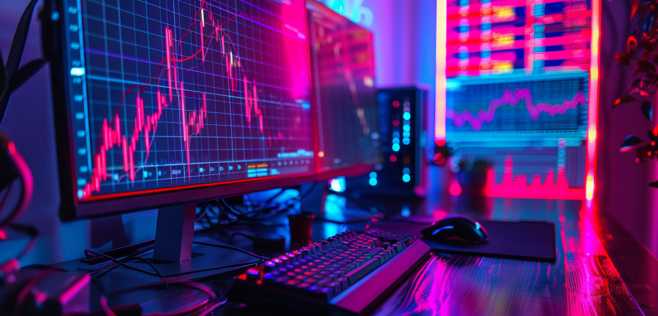
Managing Risks in Leveraged Crypto Futures Trading
Trading with leverage and margin in crypto futures offers significant profit potential, but it also exposes traders to heightened risks. Effective risk management strategies are essential to avoid large-scale losses and protect capital, especially in highly volatile markets like cryptocurrency.
One of the most important tools in risk management is setting stop-loss orders and take-profit levels. Stop-loss orders automatically close a position when a certain loss threshold is reached, limiting downside exposure. Take-profit levels, on the other hand, lock in gains once the price hits a specified target. These tools help traders manage their trades without constantly monitoring the market, providing a level of automation to protect against rapid price swings.
Liquidation risk is a critical factor when trading with margin and leverage. If the market moves against a highly leveraged position, traders risk having their position forcibly closed by the exchange if the margin balance falls below the required maintenance level. To mitigate this risk, traders should avoid over-leveraging and maintain a sufficient margin buffer to withstand market volatility. Regularly monitoring open positions and adjusting them as needed is key to staying ahead of liquidation triggers.
A general rule for responsible trading is to avoid using the maximum leverage offered by exchanges. Over-leveraging increases exposure to market fluctuations, amplifying both potential gains and losses. By carefully selecting a leverage ratio that matches their risk tolerance, traders can maintain greater control over their positions and reduce the chance of unexpected liquidation.
In summary, effective risk management in crypto futures trading revolves around maintaining a balanced approach to margin and leverage use. By setting appropriate stop-loss and take-profit levels, avoiding over-leveraging, and keeping a close watch on margin levels, traders can navigate the risks and maximize the rewards of leveraged trading.

Regulatory Considerations in Crypto Margin and Leverage Trading
As the popularity of margin and leverage trading grows in the crypto market, regulatory oversight is becoming increasingly important to ensure fair practices and protect traders. Various countries and jurisdictions have taken different approaches to regulating margin trading, focusing on limiting leverage, enforcing transparency, and maintaining market integrity.
Most crypto exchanges have leverage limits in place, and these can vary widely based on regional regulations. For example, some jurisdictions cap leverage at 10x or lower to reduce risk exposure, while others allow higher leverage ratios, such as 50x or even 100x, though these carry significant risks. Regulatory authorities like the U.S. Commodity Futures Trading Commission (CFTC) or the European Securities and Markets Authority (ESMA) play a crucial role in setting guidelines for exchanges, ensuring that they comply with local laws.
In addition to leverage limits, Know Your Customer (KYC) and Anti-Money Laundering (AML) requirements have become standard practices on most exchanges offering futures trading. KYC procedures help verify traders' identities, while AML policies are designed to prevent illicit activities such as money laundering or fraud. These compliance measures aim to create a more transparent and secure trading environment, protecting both the traders and the exchanges.
Regulatory changes, such as tightening leverage limits or imposing stricter KYC/AML requirements, can significantly affect the landscape of margin and leverage trading. Exchanges must adapt quickly to stay compliant, while traders need to be aware of evolving regulations that may impact their trading strategies.
Understanding the regulatory framework surrounding margin and leverage trading is crucial for traders to navigate the legal landscape and ensure they are operating within the law. As the crypto market matures, regulatory developments will continue to shape the future of leverage trading, bringing both challenges and opportunities for traders and exchanges alike.
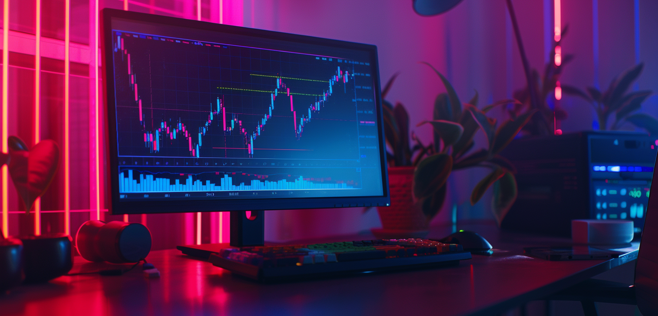
Future Trends
As the crypto market continues to evolve, the role of margin and leverage trading is likely to expand with new developments in both centralized and decentralized platforms. DeFi platforms and decentralized exchanges (DEXs) are increasingly offering leverage options, giving traders more flexibility and autonomy. This shift could decentralize margin trading further, with smart contracts automating processes that were previously managed by centralized entities. However, this also introduces new challenges in risk management, as decentralized platforms may lack some of the safeguards found in traditional exchanges.
Technological innovations, such as AI-powered risk management tools and advanced analytics, are expected to play a crucial role in improving how traders manage leverage. These tools could help detect market trends more accurately, optimize stop-loss settings, and reduce liquidation risks. On the regulatory front, we may see more standardized global rules on leverage trading as governments work to mitigate risks while still fostering innovation in the crypto space. Stricter leverage limits, enhanced compliance requirements, and increased transparency are likely to shape the future of margin trading.
In conclusion, margin and leverage trading offer powerful opportunities for those who understand their complexities and risks. While they allow traders to amplify potential gains, they also heighten exposure to market volatility, making risk management a top priority. As the crypto market evolves and new regulations emerge, traders must stay informed and adopt responsible strategies to navigate this dynamic landscape. Approaching leveraged trading with caution, discipline, and a well-thought-out plan is essential for long-term success in crypto futures.

 Get RateX Pro
Get RateX Pro
 06 Jun 2024
06 Jun 2024



